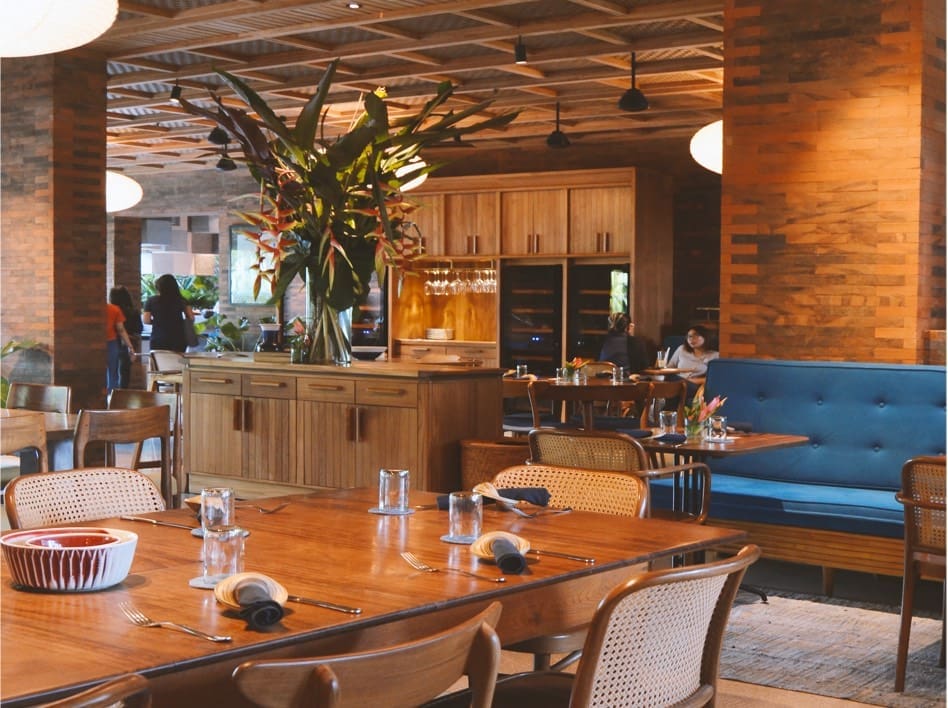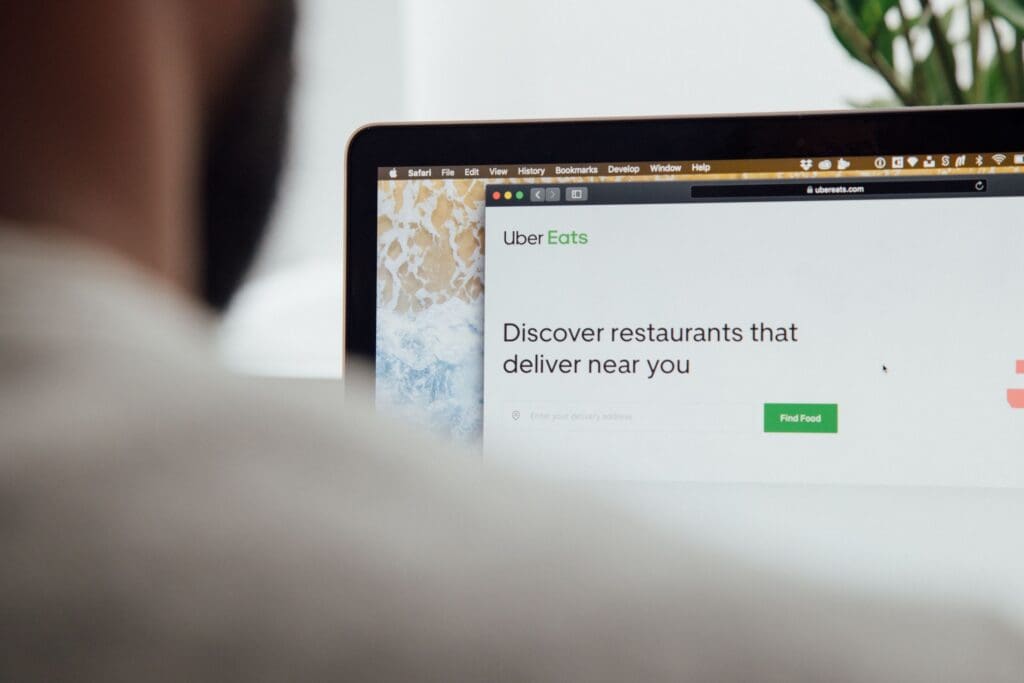When they first appeared in the mid-2010s, third-party delivery apps like Uber Eats, DoorDash and SkipTheDishes quickly became popular. As customers enjoyed easy, convenient meals and restaurants saw increased order volume, it truly seemed like a win-win situation.
Unfortunately, this golden age of delivery would not last long. As costs for restaurants began to rise and reports of poor working conditions for couriers came to light, third-party providers began to slowly lose favour with restaurant owners and consumers alike.
In addition to takeout incentives, a number of restaurants across Ontario have begun investing in in-house delivery. While this option allows restaurants to bypass certain costs and maintain better quality control, some consumers aren’t yet ready to leave the convenience of third-party delivery behind.
If you’re a current or aspiring restaurant owner, here’s what you need to know about the current state of delivery in Ontario’s restaurant industry.
Want to learn more about how the restaurant industry is changing in 2022? Explore our blog post on the topic here.
The Cost For Restaurants
For most restaurants, the primary disadvantage of third-party delivery apps is their fees. Commission rates vary based on the size and location of a restaurant, but they’re almost always steep. In some parts of the province, restaurants are paying up to 30% in commission costs. For many small or independent restaurants, this fee significantly hinders profits, if not eliminating them altogether.
Commission challenges only got worse during the COVID-19 pandemic. As consumers regularly ordered food for delivery, restaurants were hit with a high volume of orders. Despite being overwhelmed with demand, many restaurants were still struggling to stay afloat financially.
Over the course of the pandemic, certain third-party apps did reduce their commission rates in an effort to support small businesses. However, even with the reduced costs, third-party delivery remained unsustainable for a number of restaurants.
Looking for more business optimization tips? Check out these helpful resources from our blog.
- Restaurant Design: 5 Tips for a Stunning and Efficient Space
- How to Retain Restaurant Staff
- Pricing and Inflation in the Restaurant Industry
The Costs For Consumers
Some consumers are also becoming wary of third-party delivery due to their rising costs. Along with the costs of food, delivery and service fees are also going up. Even SkipTheDishes, who once proudly advertised their lack of service fees, has gone back on this promise. As inflation continues to impact the economy as a whole, customers are looking to cut back on costs wherever possible. This has also played a role in the return of in-house delivery, as customers can save by ordering directly from the restaurant.
The Hybrid Model
While some restaurants have moved on from third-party delivery completely, others are embracing hybrid solutions. For example, DoorDash’s self-delivery model allows restaurants to fulfill deliveries on their own at a reduced cost. Restaurants can still collect orders through the app and set their own delivery fee. This model can be appealing as it allows restaurants to accept orders easily, attract new customers, and cut back on fees. There’s also an option to hire a DoorDash courier on an order-by-order basis if things get too busy. This model is not unique to DoorDash, other third-party delivery apps such as Skip The Dishes also offer similar programs.
Want to open a new restaurant? Check out these helpful blog posts first.
- The Essential Restaurant Start-up Checklist
- 5 Must-read Books For Aspiring Restaurateurs
- What to Look For When Choosing a Restaurant Space
The Takeaway
Is in-house delivery making a comeback? The short answer is yes. And, as restaurant owners continue becoming fed up with high fees, delays, and other service issues, it’s likely that this trend will continue over the next few years.
Consumers will also play a role in this change. After the COVID-19 pandemic caused a number of small businesses to close permanently, customers are being more thoughtful in their support of restaurants. This includes bypassing third-party providers to maximize restaurant profits.
That being said, third-party delivery apps are still the dominant player in Ontario’s food and beverage industries. Their marketing power and level of convenience make them an easy choice for most customers. However, if costs continue to rise it may not be long before in-house delivery becomes first-choice.
Dreaming of opening a restaurant? Start here – Ultimate Guide to Opening an Eatery.






